Discovering Côte d’Ivoire, the Pearl of West Africa
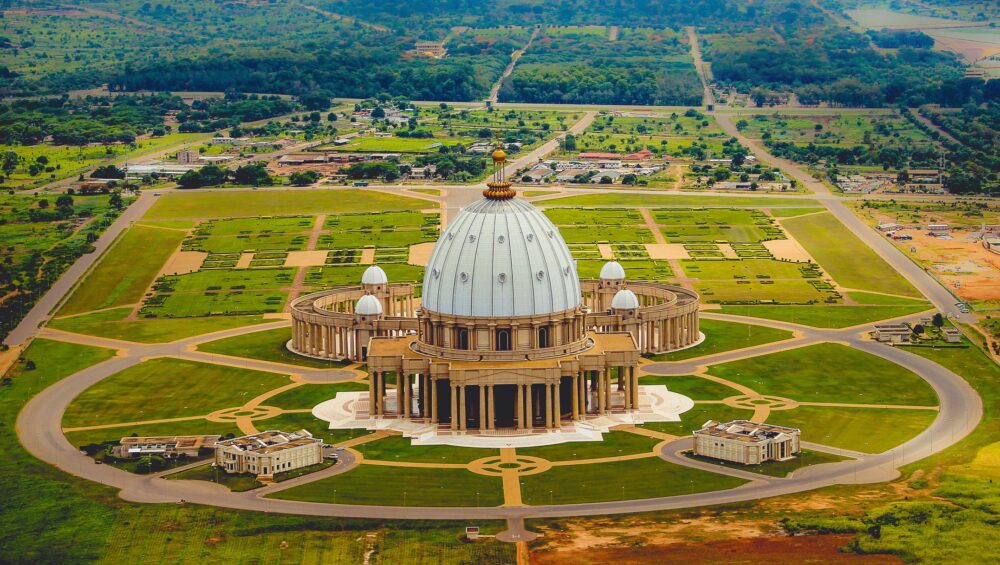
Ivory Coast, or Côte d’Ivoire in French, once had one of the most prosperous and stable economies in Africa, living up to the name’s suggested opulence. The country’s many charms include the breath-taking modernism of Abidjan, sometimes referred to as “the Paris of West Africa,” the depth of traditional culture, and the breath-taking natural beauty of the beaches and national parks.
There have been intermittent acts of violence interspersed with cautious moves towards permanent peace since the end of the conflict. Côte d’Ivoire is now firmly relegated to the bottom of the list of African tourism destinations as a result of the problems. However, this varied nation is much more than just negative headlines.
Key Destinations for Tourists
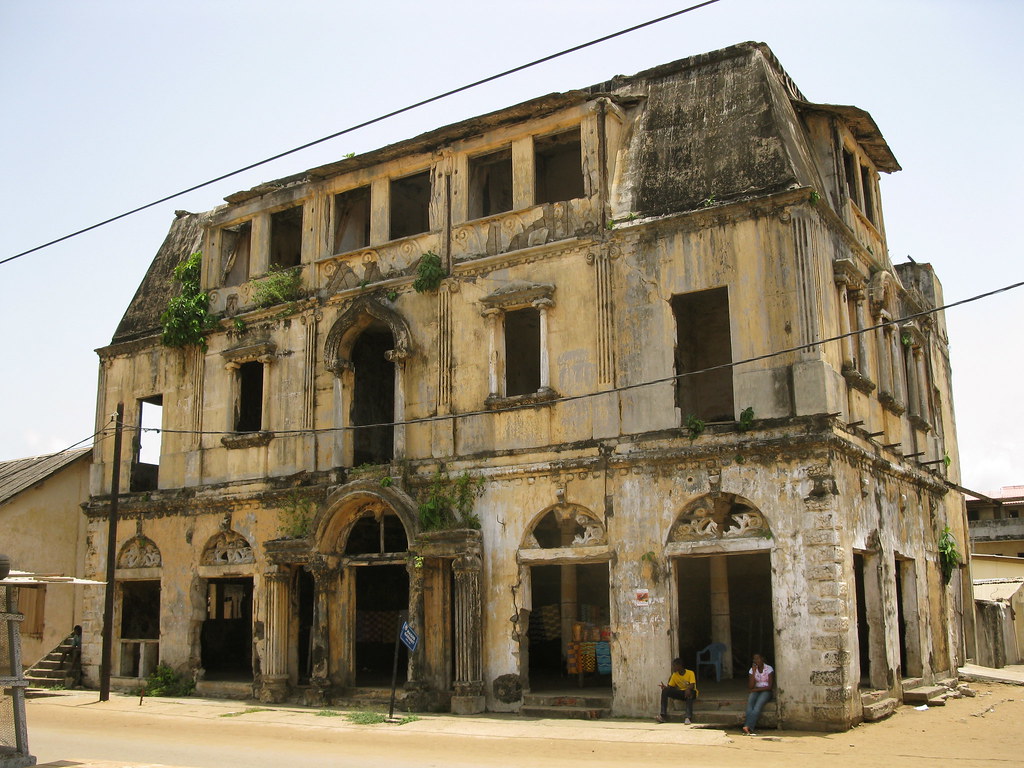
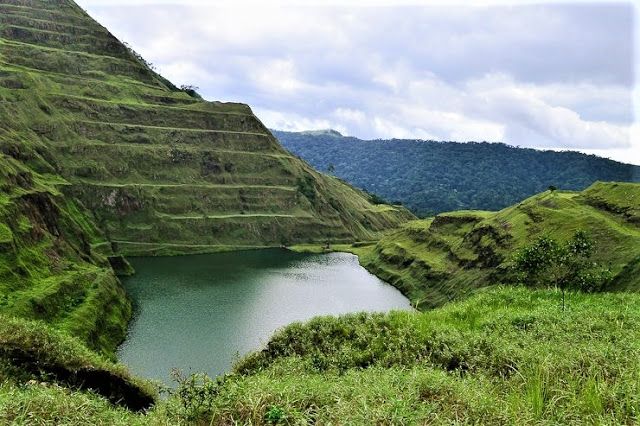
Explore Abidjan, the economic capital and the largest city of the country, Abidjan is a vibrant and cosmopolitan metropolis with a mix of modern and colonial architecture, cultural attractions, and nightlife. Some of the highlights include the St. Paul’s Cathedral, the National Museum, the Plateau district, and the Princess Road, Grand-Bassam, a UNESCO World Heritage site, Grand-Bassam is a beach resort town with a rich colonial history. You can admire the elegant mansions and buildings of the Ancien Bassam district, relax on the sandy beaches, and visit the Museum of Costume, Man, a scenic town surrounded by the Toura Mountains. Man is a great base for exploring the natural beauty and cultural diversity of the region. You can hike to the Cascades waterfall, visit the sacred forest of the Dan people, and enjoy the local cuisine and crafts. Yamoussoukro, the official capital and the birthplace of the first president of Côte d’Ivoire. Yamoussoukro is famous for its grandiose monuments and buildings. The most impressive one is the Basilica of Our Lady of Peace, which is the largest church in the world and a replica of St. Peter’s Basilica in Rome. Taï National Park, one of the last remaining primary tropical forests in West Africa. Taï National Park is a UNESCO World Heritage site and a biodiversity hotspot. You can spot various endangered species, such as chimpanzees, pygmy hippos, leopards, and elephants, and learn about the conservation efforts of the park.
Natural Reserves and Parks
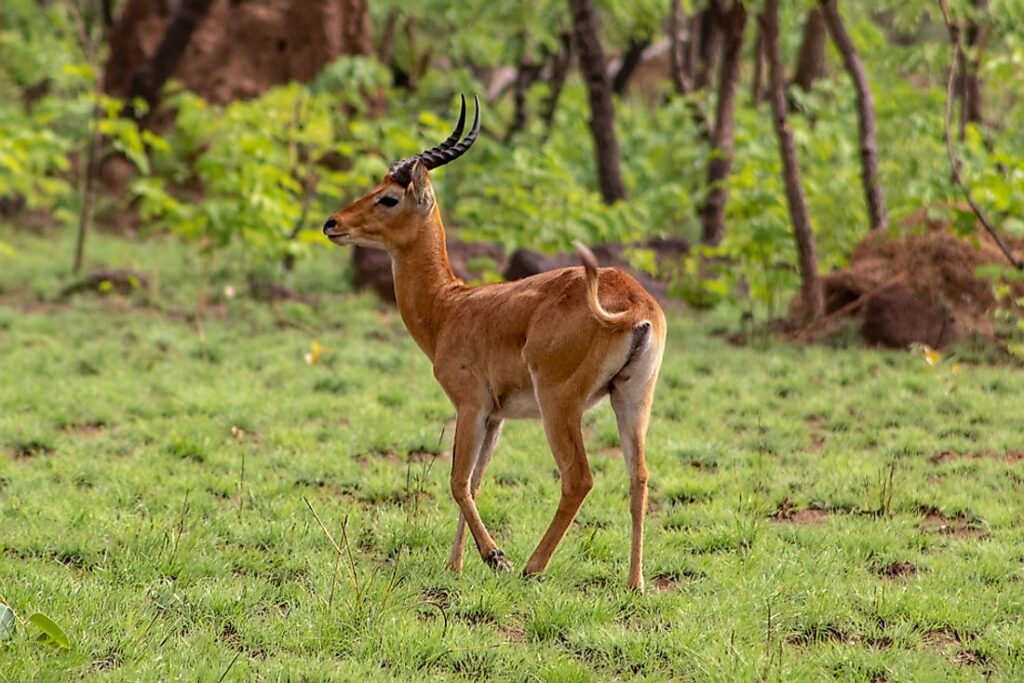

Explore nature at the Banco National Park, a primary forest with tropical hardwood trees, such as teak, and a variety of wildlife, such as monkeys, duikers, and civets at Comoé National Park, the largest protected area in West Africa and a UNESCO World Heritage Site. Visit Îles Ehotilés National Park, a group of six islands that lie between the Atlantic Ocean and the Aby Lagoon, Marahoué National Park, a park that covers an area of 1,010 square km and protects the transition zone between the forest and the savanna. It is inhabited by elephants, buffaloes, antelopes, lions, leopards, and chimpanzees, and Taï National Park, one of the last remaining primary tropical forests in West Africa and a UNESCO World Heritage Site. It is a biodiversity hotspot, with over 230 mammal species, 400 bird species, and 130 reptile species.
Customs and Traditions
Participate in regional traditions such as greeting as it’s an important part of the social etiquette in Côte d’Ivoire. People usually shake hands and exchange pleasantries when they meet, and sometimes hug or kiss on the cheek if they are close friends or relatives. It is polite to greet elders and superiors first, and to use titles and surnames when addressing them. When greeting a group of people, it is customary to greet each person individually.
Restaurants and Local Cuisine
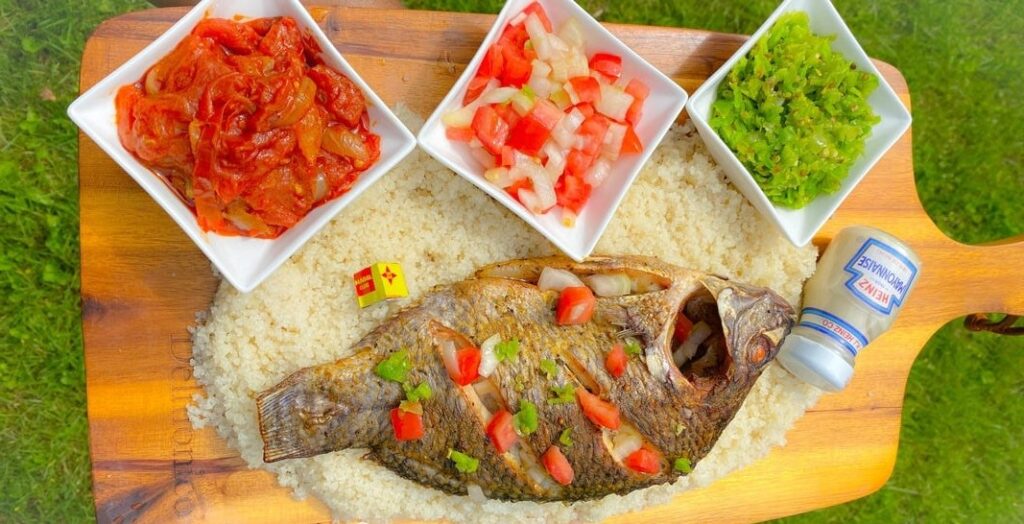
Côte d’Ivoire is a country with a rich and diverse culinary culture, influenced by its geography, history, and ethnic groups. Whether you are looking for a hearty meal, a spicy snack, or a sweet treat, you will find something to satisfy your taste buds in this West African nation. Enjoy the taste of he local ingredients and flavors, such as attiéké (fermented cassava couscous), alloco (fried plantains), and mafé (meat in peanut sauce).
Festivals & Celebrations
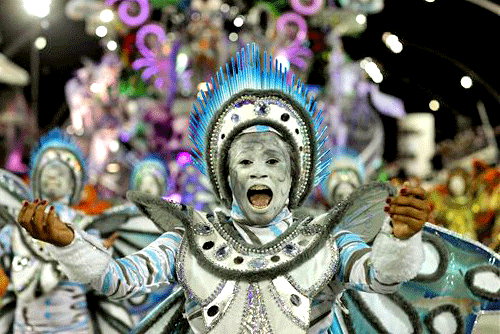
Festivals and celebrations are an important part of the culture and identity of Côte d’Ivoire. They reflect the diversity and richness of the country’s ethnic groups, religions, and history. Carnival in Bouaké: This is the Ivorian version of Mardi Gras, a week-long carnival that is held in March every year in the city of Bouaké. The carnival features colorful parades, music, dance, and costumes, as well as competitions and games. The carnival is a time of joy, fun, and unity for the people of Côte d’Ivoire, Fête du Dipri, a unique and eccentric festival that is held in April in the town of Gomon. The festival involves rituals of purification, exorcism, and sacrifice, aimed at driving away evil spirits from the village, Independence Day, a national day of Côte d’Ivoire, celebrated on August 7 every year to commemorate the country’s liberation from France in 1960.
Locals and Their Traditions
Côte d’Ivoire is a country with a rich and diverse culture, influenced by its history, ethnic groups, and religions. There are more than 60 indigenous ethnic groups in the country, each with their own unique traditions and customs. The Baoulé, largest ethnic group in Côte d’Ivoire, comprising over 23 percent of the population. The Bété, second largest ethnic group in Côte d’Ivoire, comprising about 18 percent of the population known for their music and dance, especially their masked dances that express their emotions and beliefs. Cote d’voire offers visitors an unforgettable experience that will enrich their travels with its compelling blend of nature, history, and culture. For an amazing trip to West Africa, embrace the hospitality of its people and the variety of its scenery.



